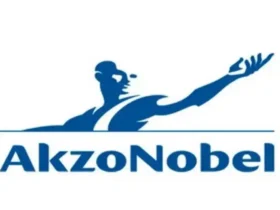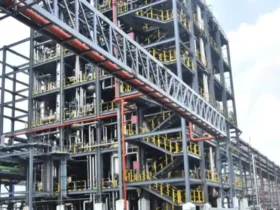
Asia is set to dominate global caustic soda capacity additions through 2030, driven by significant investments in new-build and expansion projects across key economies such as India, China, and Indonesia. According to GlobalData, the region is expected to contribute approximately 67% of the global capacity additions, amounting to 5.6 million tonnes per annum (mtpa) by 2026.
India’s Strategic Expansion
India is at the forefront of this growth, with plans to add 1.55 mtpa through six planned and announced projects by 2027.Notably, the Lords Chloro Alkali Alwar Caustic Soda Plant is expected to contribute 0.74 mtpa, commencing production in 2023.Other significant projects include Shriram Alkali & Chemicals’ Bharuch plant (0.23 mtpa) and Kutch Chemical Industries’ Gandhidham plant (0.22 mtpa).
China’s Continued Leadership
China is projected to account for over 40% of Asia’s capacity additions by 2026, with a total of 2.30 mtpa from six planned projects.The Xinjiang Zhongtai Chemical Company’s Baicheng plant (0.80 mtpa) and Tianjin Bohai Chemical Development Company’s Tianjin plant (0.60 mtpa) are among the major contributors.
Emerging Players in Southeast Asia
Indonesia and Vietnam are also making significant strides. Indonesia’s PT Chandra Asri Perkasa is developing a 0.40 mtpa plant in Cilegon, scheduled for 2027. In Vietnam, SP Chemicals is planning an integrated petrochemical park, including a naphtha cracking plant, to support downstream chemical production.
Middle East’s Strategic Investments
The Middle East is expected to add 1.29 mtpa from four new-build projects. The Taziz EDC and PVC Ruwais plant in the UAE (0.94 mtpa) and Iran’s Ghadir Petrochemical Company Bandar Imam plant (0.17 mtpa) are slated to commence operations by 2025.
Global Outlook
Globally, caustic soda capacity is anticipated to grow from 102.23 mtpa in 2023 to 109.57 mtpa by 2028, marking a 7.2% increase. Asia’s substantial contributions underscore its pivotal role in meeting the rising demand for caustic soda across various industries, including pulp and paper, textiles, and water treatment.
Conclusion
Asia’s aggressive expansion in caustic soda production capacity positions the region as a global leader in the chemical industry. With strategic investments and a focus on meeting domestic and international demand, countries like India and China are set to shape the future landscape of caustic soda production.








Leave a Reply